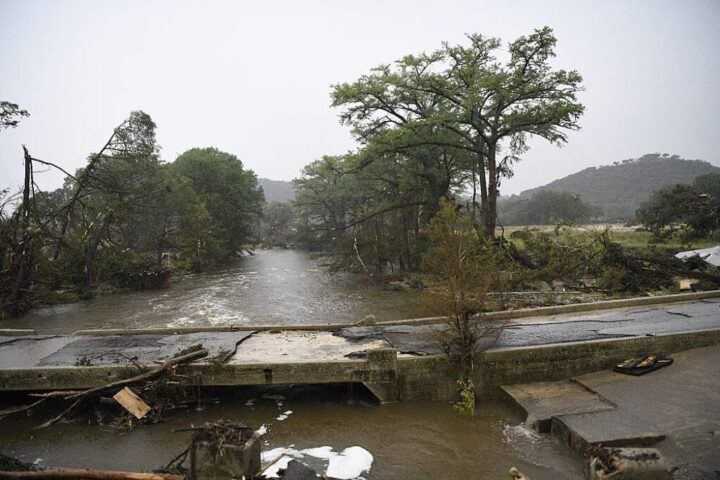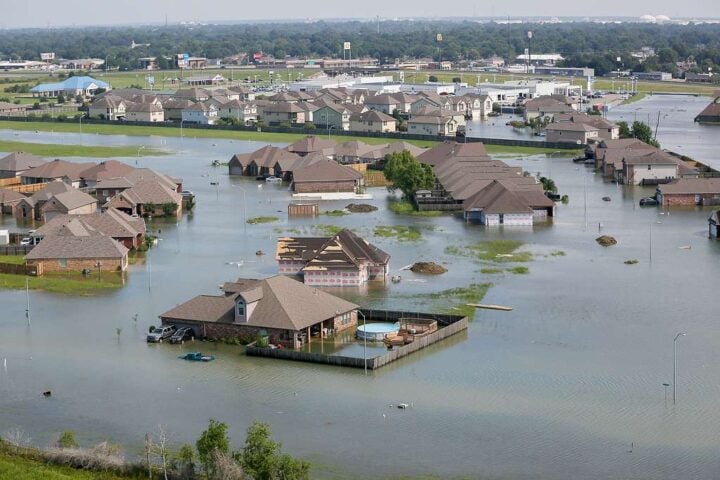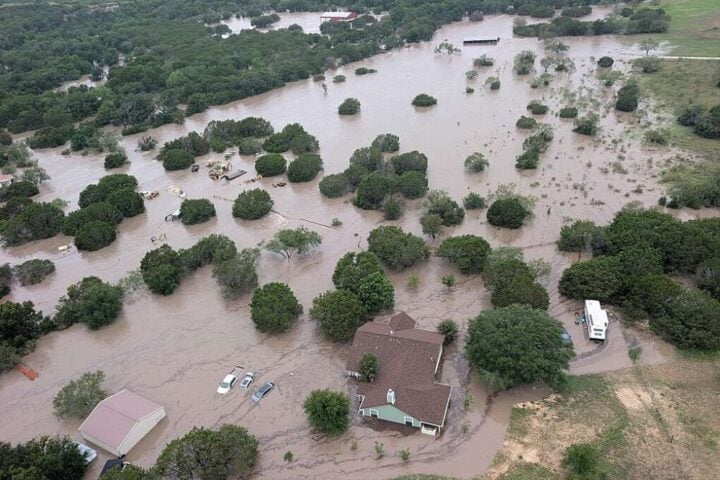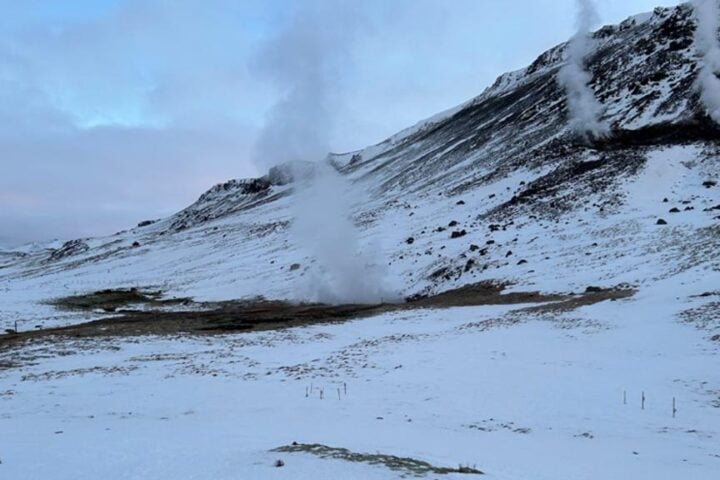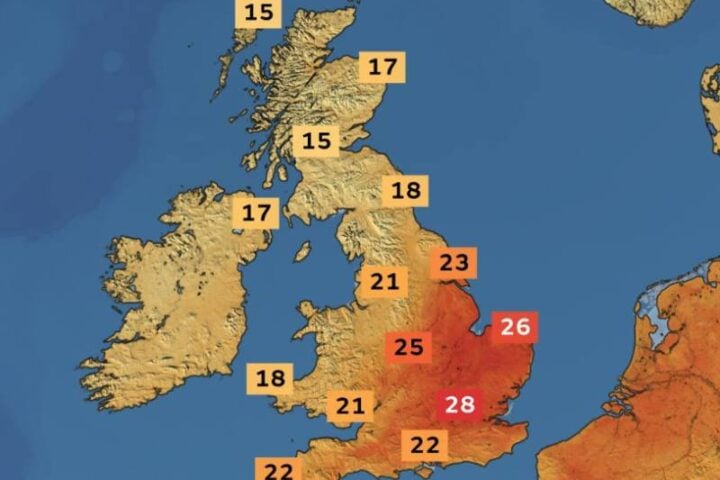The temperature of the water close to the ocean’s surface determines the sea surface temperature (SST), commonly referred to as the ocean surface temperature. The term “surface” refers to the region that is between one millimeter (0.04 inches) and twenty meters (70 feet) below the ocean’s surface, depending on the measuring technique used.
At least three databases—those produced by Berkeley Earth, NASA, and the Copernicus Climate Change Service (C3S)—have shown the 12-month running mean of global temperature reached the 1.5 degree C warning threshold for the first time at some point in the past year. While this does not mean that the Paris Agreement’s goal of keeping global warming within 1.5 degree C (over pre-industrial levels) has been breached, the past year is definitely a big step towards that.
If that was not bad enough for global climate, the world is on the cusp of another Temperature milestone on March 28. By March 28, there’s a good chance that 364 of the previous 365 days would have had the hottest daily sea surface temperature (SST) sustained (in comparison to the same day in previous years). Daily SST has been the warmest ever on every day from March 30, 2023, except May 23, 2023. It is important to track SSTs because it is easier to warm or cool water than air. This makes SSTs a more definite indicator of global warming than air temperatures, which are the most commonly reported temperatures. And SSTs have shown even more remarkable trends than air temperatures in the past year.
Similar Post
Daily SSTs are available from the Climate Pulse dashboard of C3S from January, 1979. This shows that on every day starting from March 30, 2023, (except May 3, 2023), the world’s average SST was the highest for that day up to March 25, 2024, the latest day for which data is available. To be sure, the average SST on May 3, 2023, was the second highest SST for May 3. Such unprecedented warming on a daily basis was not seen in air temperatures in the past year.
Part of the reason for high SSTs is cyclical and part of the reason is long term. One reason for the unprecedented SSTs in the past year is cyclical: the periodic warming (called El Niño) and cooling (called La Niña) of the equatorial Pacific Ocean. An El Niño has been underway since June last year, and the Oceanic Niño Index (ONI) for the Niño 3.4 region used to track this cycle was rising up to late last year. Warming in SSTs in the past year moved largely in tandem with this index. However, there can be other reasons for the big spike seen in the last year. Some scientists suggested that the lack of Sahara Dust in the northern hemisphere spring could be one reason. Another reason suggested by scientists is a restriction imposed on sulphur in marine fuels in 2020 by the International Maritime Organizations. To be sure, these reasons only explain why SSTs have broken previous records by a huge margin. To sum up the reason why SSTs are increasing long term is global warming.



